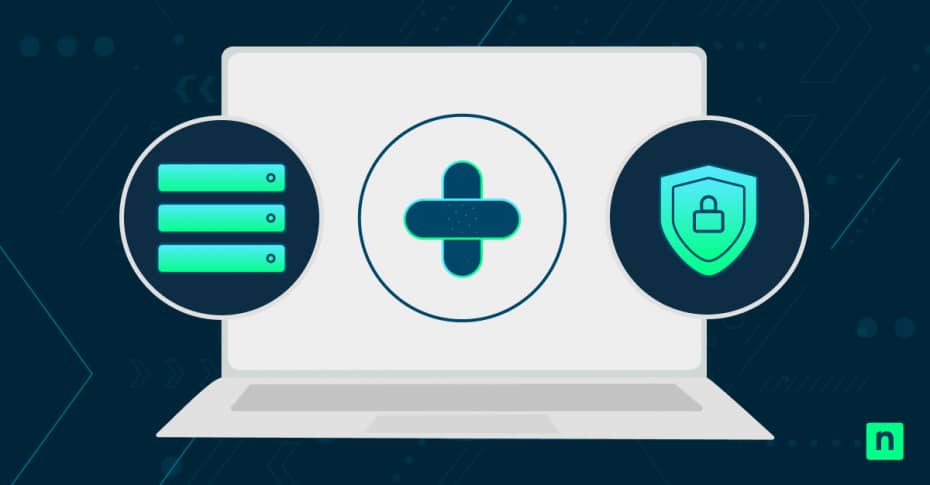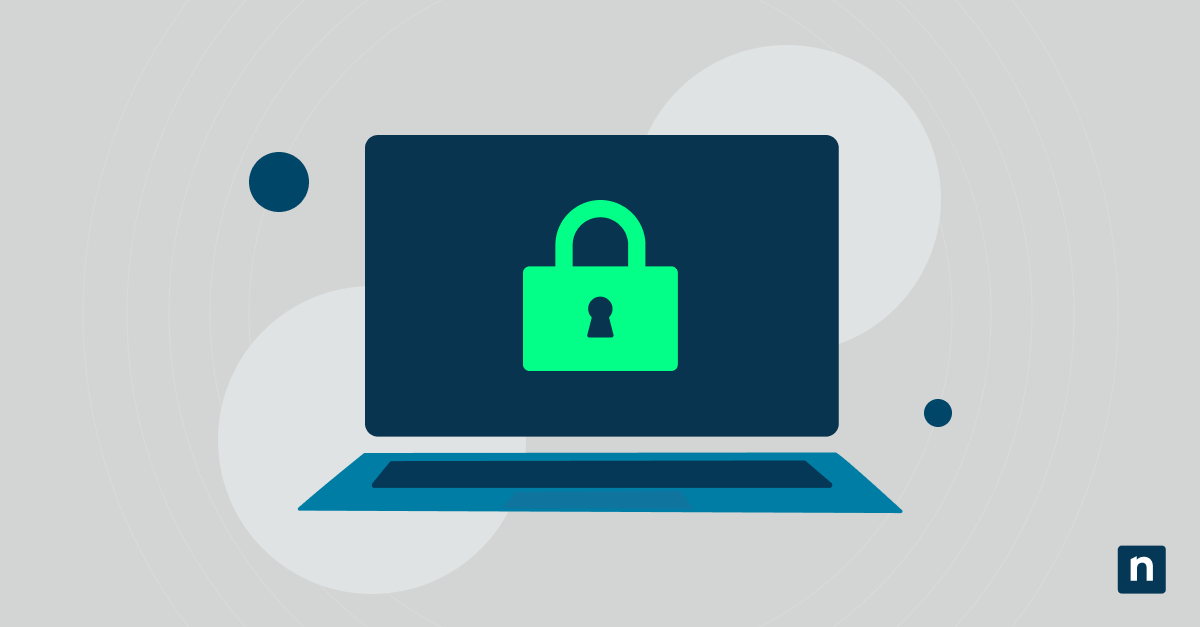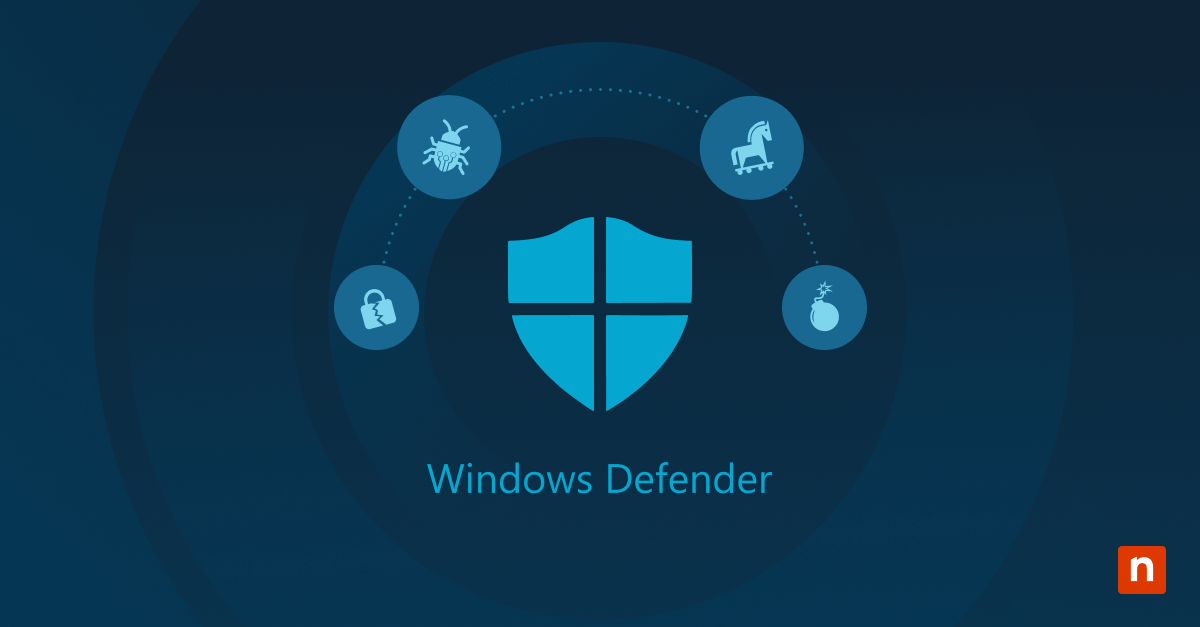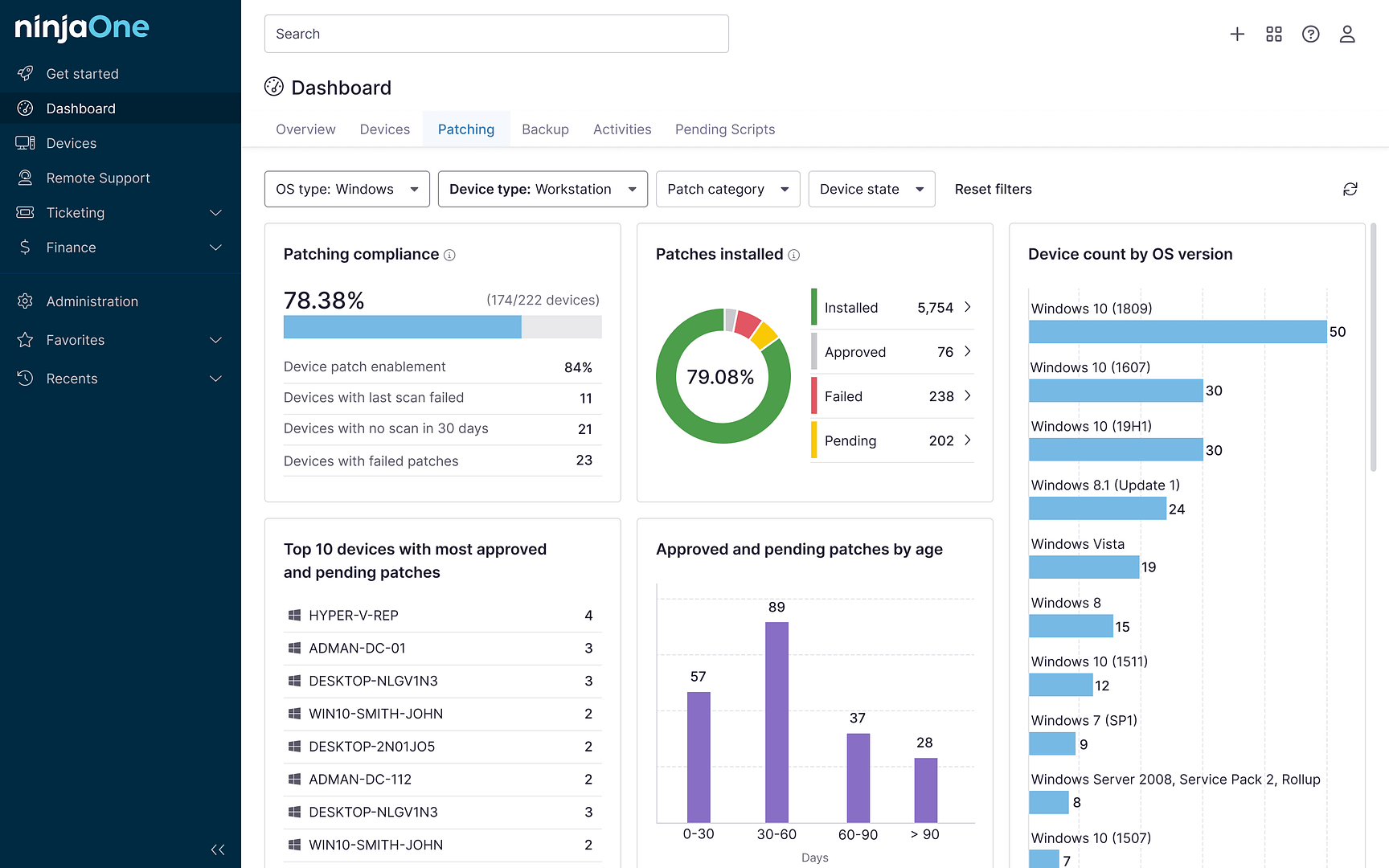Why patch management serves as a good common ground
IT and security teams have been on parallel tracks for years—each with its priorities, each speaking a slightly different language. IT focuses on uptime and performance, while security zeros in on risk mitigation and threat defense. Alignment has improved, but as cyber threats grow more sophisticated, IT and security leadership must continue working in lockstep.
For those looking to overcome longstanding siloes, one of the most effective ways to bring these teams together is through patch management. It’s a shared responsibility that can strengthen security while keeping systems stable. Patching has historically been a point of friction, but with the right approach, it can become a powerful tool for continuing alignment, strengthening your security posture, and bolstering operational resilience.
Patch management: Leaning in where IT and security converge
Both teams care about patching; they just care about patching from different angles. Security teams see unpatched vulnerabilities as neon-lit entry points for attackers and push for immediate remediation. IT, meanwhile, must balance patching with system stability and business continuity, sometimes leading to delays.
And those delays come at a cost. According to 2024 observations, the National Vulnerability Database recorded 40,003 Common Vulnerabilities and Exposures (CVEs)—a 39% spike from 2023’s 28,817 CVEs. Compare that to the 15% increase from 2022 to 2023; the urgency is apparent. Teams can’t afford to be misaligned.
Breaking down barriers to streamline patch management
Over the years, IT and security teams have gotten better at working together to reach common business goals, but the occasional siloes still persist. Bridging any outstanding gaps in the IT-security divide starts with a more thoughtful, strategic approach to patching that balances security imperatives with operational realities. Here’s how:
- Foster cross-team communication and collaboration
Siloed communication = slow remediation. Establish transparent, documented processes for path prioritization and deployment to eliminate friction. Regular joint exercises, security drills, and IT security check-ins build mutual understanding. When both teams see the bigger picture, they can craft patching strategies that balance risk reduction with operational stability. - Automate for speed and consistency
Manual patching? Too slow, too error prone. The longer vulnerabilities stay unpatched, the bigger the risk. Automated patch management ensures consistency and speed—rolling out patches across endpoints without disrupting business operations. Plus, automation gives security teams visibility into patch compliance, helping them verify that critical vulnerabilities are handled swiftly. - Prioritize based on risk, not just availability
Not all patches are created equal, and prioritization should be guided by risk-based intelligence. By aligning on shared KPIs—like time to patch, percentage of endpoints remediated, and business impact—IT and security can stay accountable while maintaining operational stability.
A unified approach to IT and security success
Weaponized AI is just in its early innings, and cyber threats are too dynamic for IT and security to operate in silos. IT and security teams that continue to operate independent of one another risk breaches, downtime, and compliance failures.
Amidst today’s adversarial landscape, IT and security collaboration should be the new normal. Patch management is one core area where IT and security can work together to reach common goals. And we’re seeing it happen more and more! Security and operational efficiency improve when collaboration, automation, risk-based prioritization, and shared metrics come into play.
The future is about IT and Security together. We’re talking one team, one resilient dream, leading to better business outcomes across the board.








